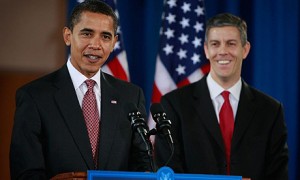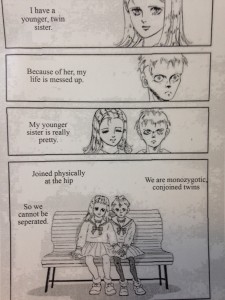This summer I worked with Professor Eva Woods Peiró on a research project that investigated instances of modernity in Spanish Film Magazines, spanning between 1917 and 1936. This investigation primarily focused on references of various forms of technology (such as photos of automobiles, aeroplanes, typewriters, etcetera), any human interaction with technology, (i.e. acting in front of the camera, eroticism and technology), race, and anything that could be classified as science fiction. The information found in the original copies of these film magazines are intended to be used in a future publication. Additionally, this research may contribute to the enrichment of classes that are currently being taught at Vassar College.
In the early 20th century, cinematography and the culture surrounding cinema and film actors became increasingly popular amongst the Spanish population as a whole, thereby leading to a surge in the number of magazines dedicated to cinema, the production process of films, and the iconic Hollywood starlets. However, despite their abundant volume, approximately only 15 to 20% of these publications are accessible today as all cultural publications and activities were censored or destroyed by the Spanish government during the Franco regime.
Principally, my role in this project was to comprise a spreadsheet of all the titles of film magazines that had been published in Spain during the aforementioned years. In this spreadsheet I documented the number of issues available, as well as whether or not these publications were accessible at the New York Public Library, the Instituto Cervantes, or the Filmoteca Española, either as digitized or physical copies. I would then access these documents and photograph or photocopy articles that I considered to be relevant to the project.
As many of these magazines were not available within the United States, I spent the majority of this project’s duration (roughly one month) in Madrid, where I systematically combed through and photographed relevant articles from the original film magazines available in the archives of the aforementioned Filmoteca Española, a subdivision of the Instituto de la Cinematografía y de las Artes Audiovisuales. The condition of these publications was truly astounding as you can tell from the images below.
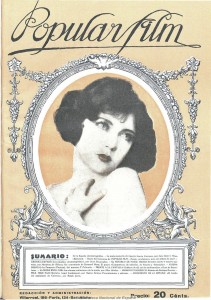
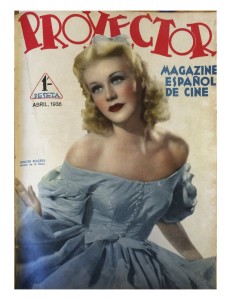

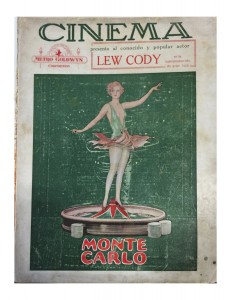 At the end of my Ford Fellowship I had read and documented over 200 different magazines together with Professor Eva Woods Peiró. In doing so, we were able to further understand the ways in which the Spanish population interacted with technology: primarily, how they used machines to ameliorate their quality of life, and how they based their expectations of the future on the existing technologies that they interacted with. Furthermore, we were able to see examples of the continuing colonialist sentiments that were present in Spain during the early 20th century in terms of race and ethnicity, as illustrated in the excerpted articles below.
At the end of my Ford Fellowship I had read and documented over 200 different magazines together with Professor Eva Woods Peiró. In doing so, we were able to further understand the ways in which the Spanish population interacted with technology: primarily, how they used machines to ameliorate their quality of life, and how they based their expectations of the future on the existing technologies that they interacted with. Furthermore, we were able to see examples of the continuing colonialist sentiments that were present in Spain during the early 20th century in terms of race and ethnicity, as illustrated in the excerpted articles below.

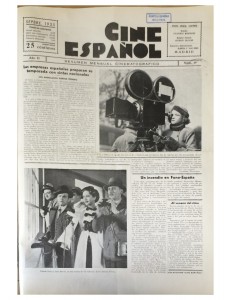
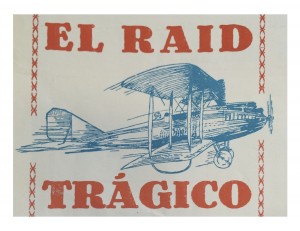

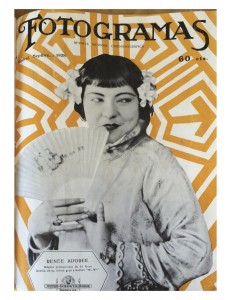



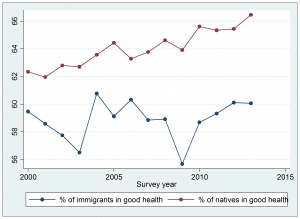
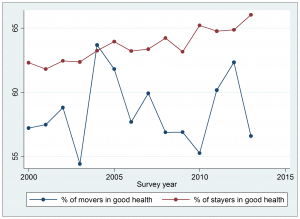
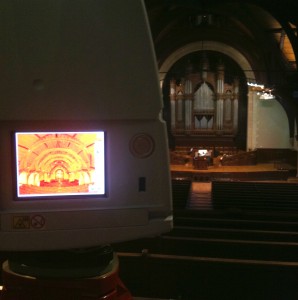
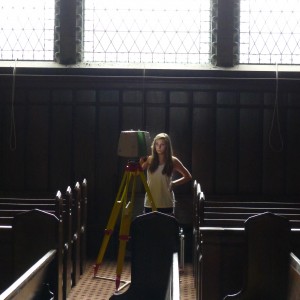


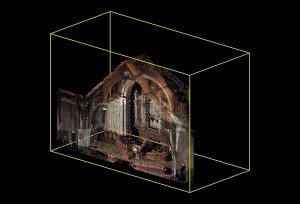
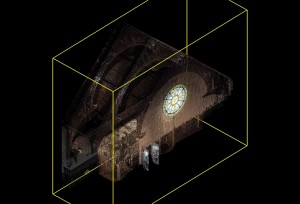
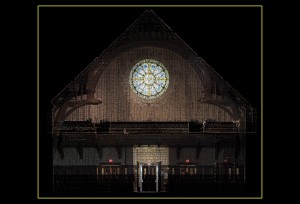
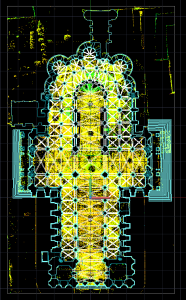

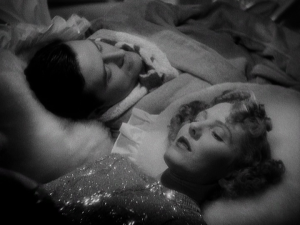
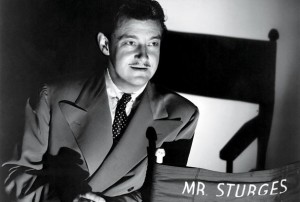
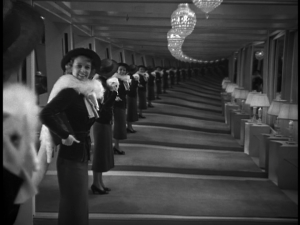

 The research ultimately culminated with a project looking at the trajectory of space exploration in Soviet science-fiction cinema. Beginning with Yakov Protazanov’s Aelita: Queen of Mars (1924), generally considered the first Soviet science-fiction film ever made, and going all the way through to Georgiy Daneliya’s Kin-Dza-Dza! (1986), the project broke down Soviet space exploration on screen into 5 distinct phases: Revolutionary, Heroic, Philosophical and Metaphysical, Consequeces of Human Action, and Dystopian. Coupled with each of these phases was a film used as a mini-case study of that unique category. Having this as the final part of my Ford Scholarship, allowed me to put all of the research I had done over the course of the Summer into practice and can hopefully be used by others as a brief introduction into this fascinating, little known genre of cinema.
The research ultimately culminated with a project looking at the trajectory of space exploration in Soviet science-fiction cinema. Beginning with Yakov Protazanov’s Aelita: Queen of Mars (1924), generally considered the first Soviet science-fiction film ever made, and going all the way through to Georgiy Daneliya’s Kin-Dza-Dza! (1986), the project broke down Soviet space exploration on screen into 5 distinct phases: Revolutionary, Heroic, Philosophical and Metaphysical, Consequeces of Human Action, and Dystopian. Coupled with each of these phases was a film used as a mini-case study of that unique category. Having this as the final part of my Ford Scholarship, allowed me to put all of the research I had done over the course of the Summer into practice and can hopefully be used by others as a brief introduction into this fascinating, little known genre of cinema.

 Baldassare Castiglione, The Book of the Courtier, Dover Publications, 2003
Baldassare Castiglione, The Book of the Courtier, Dover Publications, 2003

